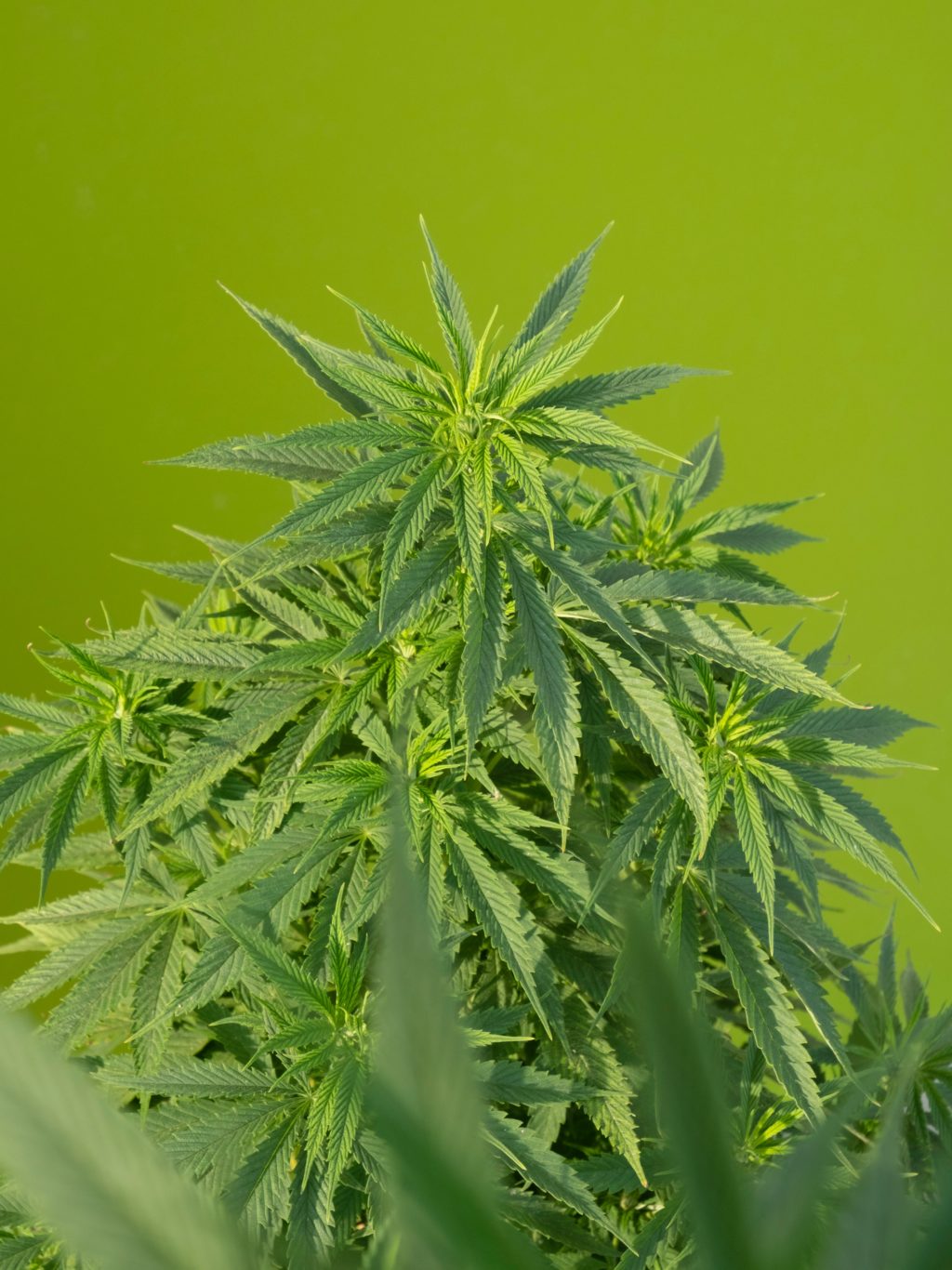Argentina’s investment in cannabis research is starting to pay off big time. Several promising projects are making headlines for their unorthodox but potentially highly lucrative (and important) consequences. Such as that run by medical researcher Paulo Maffia at the National University of Hurlingham exploring cannabis’s use to combat increasingly dangerous skin infections.
Medical Cannabis: Research on Its Antimicrobial use Advances in Argentina


Paulo Maffia is the lucky director of the project that is now being carried out at the National University of Hurlingham in Argentina. But the project was not easy to launch, first they had to obtain the approval of the Ministry of Health for the cultivation of cannabis for academic purposes. And things are looking up for this crucial research throughout the country!
Keen to discover the new frontiers of cannabis research in Argentina? Or the groundbreaking research and cannabis developments making hemp news around the world. Download our companion Hemp.IM app!
Argentina Opens University Doors to Cannabis Research
Last May, four national universities received good news, as their projects for the cultivation, research and production of cannabis sativa for therapeutic or medicinal purposes received approval from the Ministry of Health. The main objective of these initiatives is to find the best strain for use as a medicine, and to ensure quality throughout the process, which involves cultivation under controlled conditions.
That approval went to the universities of La Plata (UNLP), Tucumán (UNT), Patagonia San Juan Bosco (UNPSJB), and finally, the National University of Hurlingham (UNAHUR), where the project is led by Pilar researcher Paulo Maffia.
Groundbreaking Cannabis Research Gets Under the Skin
The intention of this initiative is to generate creams or topical products for skin infections caused by burns, diabetes or ulcerative wounds. In this regard, the district resident explained: “Cannabis sativa represents an interesting source of antibacterial agents to address the problem of multi-resistance to antibiotics in pathogenic bacteria, which represents one of the biggest public health problems worldwide and is constantly growing”.
This is a very particular project, as the study of cannabis in the area of microbiology is in its infancy, while most research is conducted on neurological or neurodegenerative pathologies.
However, it ensures that its potential is very great, not only in terms of health but also economically, to promote different treatments that can otherwise be very costly
Along these lines, Maffia, who last year was also in the limelight for his research on potential treatments for the coronavirus, said that now is the time to “carry out research that scientifically proves the benefits that we are seeing empirically”.
Research is only the First Step of a Lengthy but Profitable Process
The researcher added that, together with his team, they are “working on the evaluation with different strains of bacteria, with good results”. “This is very good news,” he said.
He also pointed out that while this stage of “analysis in the laboratory is progressing, then we will have to move on to the formulation of creams and gels, then to pre-clinical testing, and eventually receive the approval of regulatory bodies for their use. In the case of Argentina, the ANMAT”.
Finally, he referred in this line to the importance of having the possibility of generating our own cultures. “It is essential that we have a germplasm bank and that the different varieties are identified, because even in the country there are certainly some of our own, but as they are not registered, they cannot be given the value they deserve. In this way, we can count on the traceability of the product we work with and value is given to our own resources,” he said.
He concluded by pointing out that people often buy cannabis-based products, but are not specifically prepared to respond to a pathology. “There could be anything on the black market, which is why it is essential that this be done,” he concluded.
(Featured image Jakub Matyáš via Unsplash)
DISCLAIMER: This article was written by a third party contributor and does not reflect the opinion of Hemp.im, its management, staff or its associates. Please review our disclaimer for more information.
This article may include forward-looking statements. These forward-looking statements generally are identified by the words “believe,” “project,” “estimate,” “become,” “plan,” “will,” and similar expressions. These forward-looking statements involve known and unknown risks as well as uncertainties, including those discussed in the following cautionary statements and elsewhere in this article and on this site. Although the Company may believe that its expectations are based on reasonable assumptions, the actual results that the Company may achieve may differ materially from any forward-looking statements, which reflect the opinions of the management of the Company only as of the date hereof. Additionally, please make sure to read these important disclosures.
First published in diarioresumen, a third-party contributor translated and adapted the article from the original. In case of discrepancy, the original will prevail.
Although we made reasonable efforts to provide accurate translations, some parts may be incorrect. Hemp.im assumes no responsibility for errors, omissions or ambiguities in the translations provided on this website. Any person or entity relying on translated content does so at their own risk. Hemp.im is not responsible for losses caused by such reliance on the accuracy or reliability of translated information. If you wish to report an error or inaccuracy in the translation, we encourage you to contact us



Comments are closed for this post.